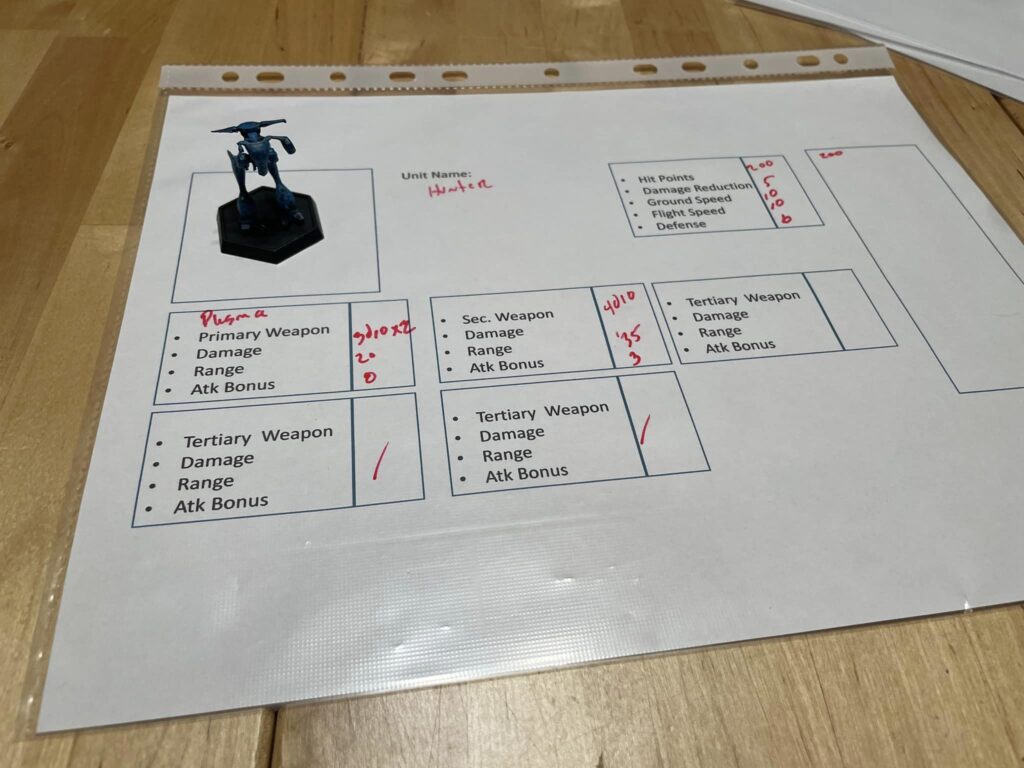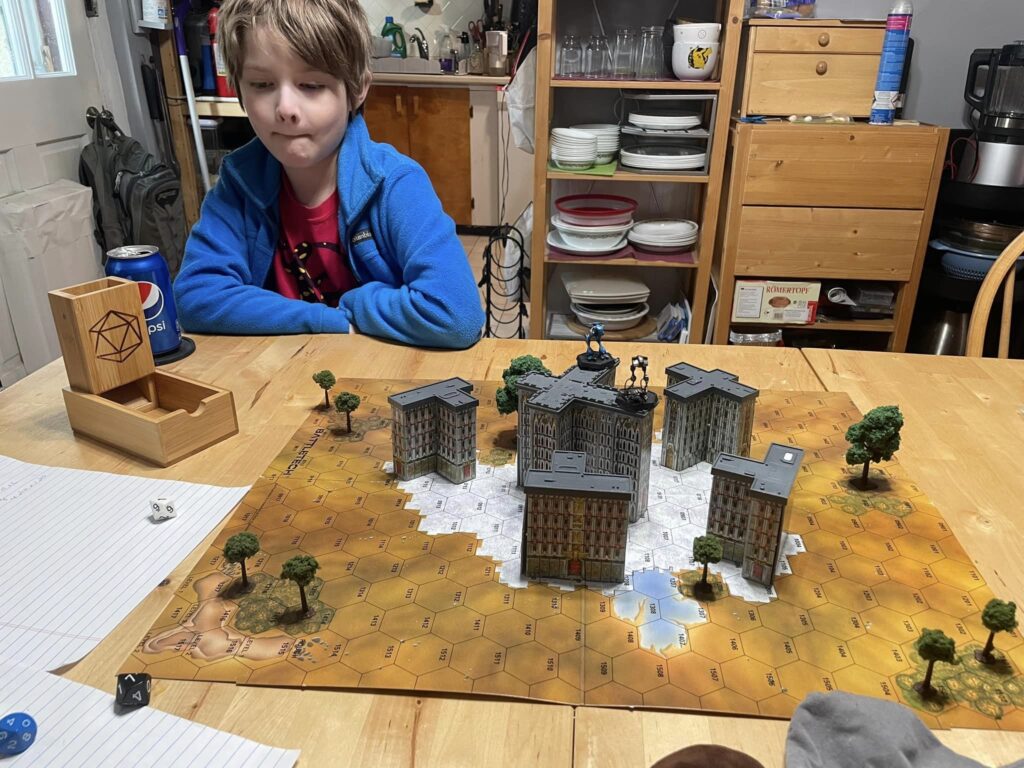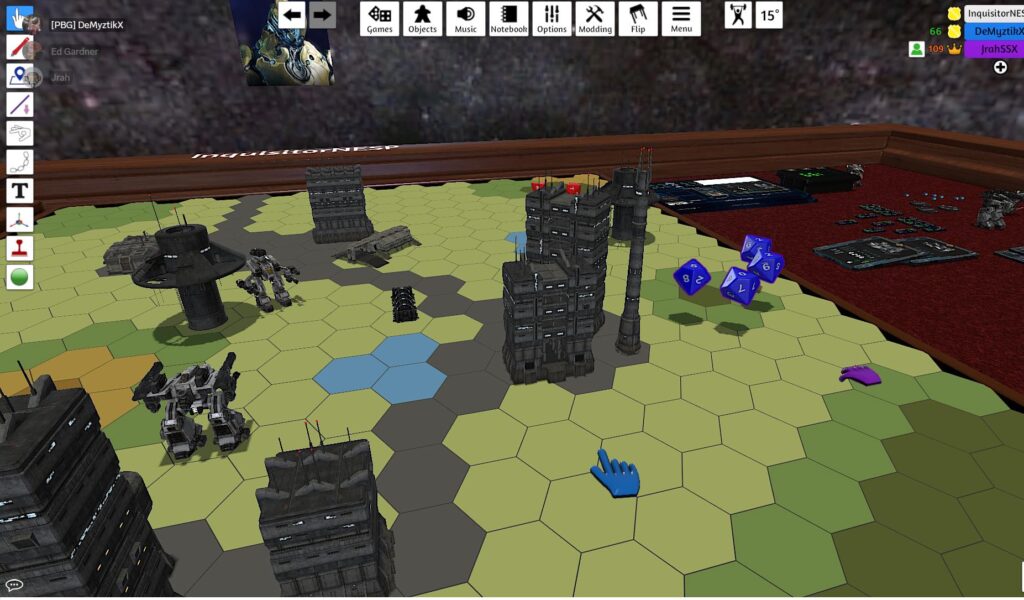First time here? Start with Dev Blog #1!
Ah yes, rules. What were the mechanics of the game going to be? Throwing dice is fun. Throwing LOTS of dice is even more fun. Looking up everything on a table every time is less fun (sometimes). We toyed with card-based combat, and different initiative systems, and even pondered multiple dice types. In the end, we decided we liked the d10, it gave us the balance of being able to generate large numbers for things like damage at the same scale we had in the d20 game.
Which then meant, a lot of spreadsheets. We had all the stat block tables from the d20 games, which, at least for Lore, were based on damage per second and range values straight from the video game, and balanced way back in 2005, so now I just needed to take all those d12’s and d20’s and d6’s and the occasionally d4 and approximate them with ONLY ten-sided dice. If something did 3 d20 damage, that meant at least starting out with 6d10 or 3d10x2 just to get the units on paper. Eventually, I settled on no more than 4d10 for any one roll, but I still had multipliers, which made early versions of the game what one play tester called “a calculator game.”

But, I was “on paper” and had something to play and think about. Ten-sided dice “to-hit,” values up to 10 for defense, multiple d10’s for damage. Pretty quickly, we had a version of the game running using those ten-sided dice, that actually played pretty close to the original d20 game. I bribed my children to play and started working out the bugs.

Once we had something working, then it was time to tackle all the other units. The more recent mech game that Max Gaming had put out had made the mechs bigger and stompier. I had been using the Lore units as my baseline and touchstone, but I had to scale the DHMC mechs up in a way that retained the video game feel, but also made them not so overpowered that nobody would ever play with the smaller units. We also didn’t want it to be a calculator game, and we were still doing a lot of multiplication in our heads every turn, and subtracting those large numbers from large hit-point totals. It worked, but it was a bit clunky. I kept reams of notes, revised, discussed, and re-revised rules. Always keep notes. We recorded lots of playtests as we were refining the rules. This record-keeping was invaluable to the process. Eventually, I got the other folks on the design team to play it, and we got the initial assets up on Table Top Simulator, which meant we could play it together despite the large geographic differences (I’m in Boston, Adrian was in California, Will was in the midwest)

Suddenly, it seemed, we had a game. Which was weird and exciting. Now we had to get other people that weren’t us or my kids to play it. Which meant playtesters…